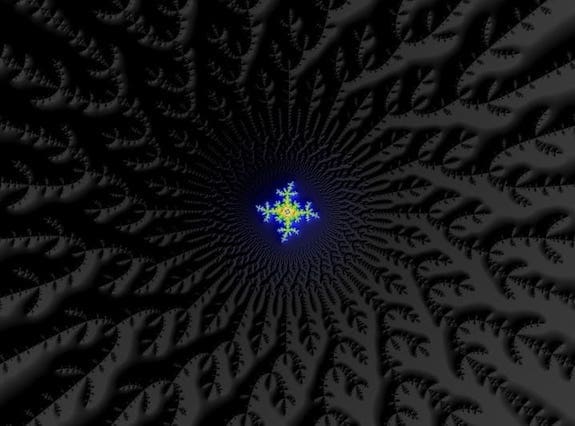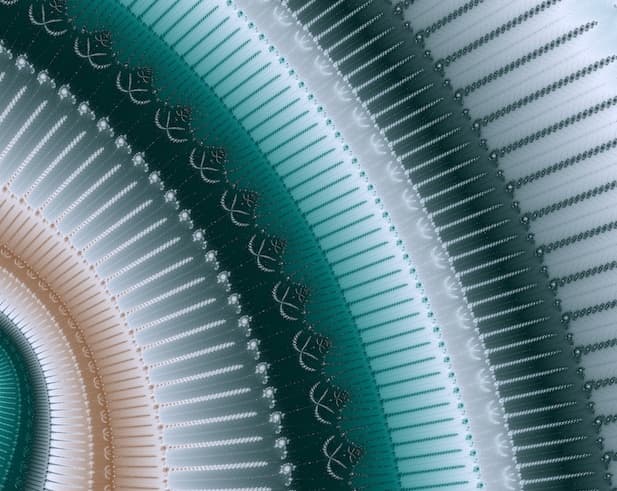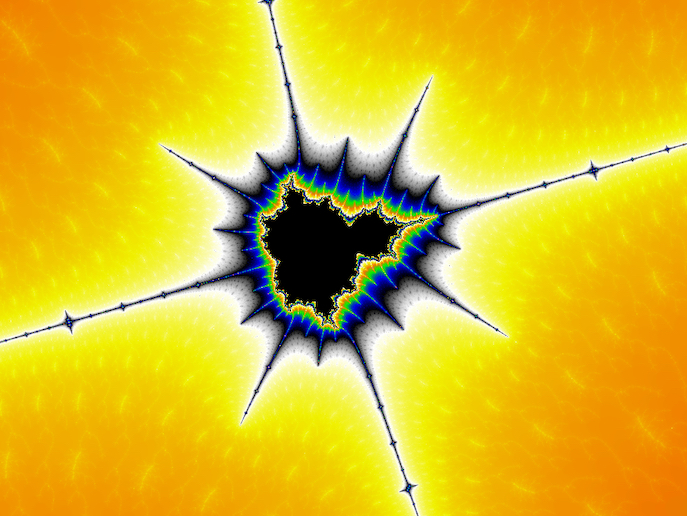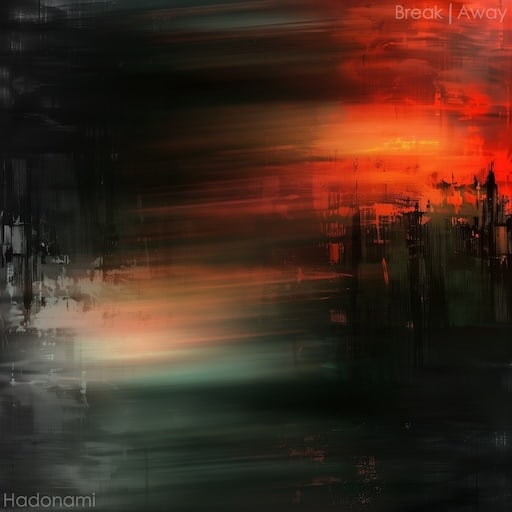
Smooth Colors and Slope Shading for the Mandelbrot set
 Now at version 0.8.0, Very Plotter can render the Mandelbrot set with smooth colors and slope shading. In this article we'll look at how these features were added (relatively easily!).
Now at version 0.8.0, Very Plotter can render the Mandelbrot set with smooth colors and slope shading. In this article we'll look at how these features were added (relatively easily!).
2022 Winter Olympics: Countries Ranked by Athletes per 100k Residents
While watching the opening ceremony of the 2022 Winter Olympics, I wondered which countries sent the most athletes to the games relative to their population. After some light massaging of Wikipedia data, I have my answer.
Of countries having sent 10 or more athletes, the top 10 in order by athletes per 100k residents, are: Latvia, Slovenia, Estonia, Switzerland, Finland, Norway, Austria, Sweden, Czech Republic, and Denmark.
These countries are also the only countries having sent 10 or more athletes with 1 or more athletes per 100k residents.
The full list is below.
continue reading...Series Approximation and the Mandelbrot set
 Series approximation has been implemented in Very Plotter's Mandelbrot set plot! After some initial calculations, Very Plotter is now able to skip some amount (often a large percentage) of the calculations needed to render a Mandelbrot set image. This vastly speeds up rendering at deep locations.
Series approximation has been implemented in Very Plotter's Mandelbrot set plot! After some initial calculations, Very Plotter is now able to skip some amount (often a large percentage) of the calculations needed to render a Mandelbrot set image. This vastly speeds up rendering at deep locations.
Minify and Lint JavaScript with npm and Docker
 Today's JavaScript minification and linting is popularly done with node.js packages. I want to run a couple of these packages on some JavaScript files, but I don't want to install npm on my machine.
Today's JavaScript minification and linting is popularly done with node.js packages. I want to run a couple of these packages on some JavaScript files, but I don't want to install npm on my machine.
Docker is perfectly suited for this task.
continue reading...Perturbation Theory and the Mandelbrot set
 I've recently been following the well-worn path of Mandelbrot set computation and rendering in my onoing development of Very Plotter. In my last blog post, I mentioned how fast floating point math was used for more "zoomed out" images, and slower arbitrary precision math was used otherwise. In this post I'll discuss the breakthrough of Perturbation theory, which allows fast floating point math to continue to be used as we dive deeper into the set.
I've recently been following the well-worn path of Mandelbrot set computation and rendering in my onoing development of Very Plotter. In my last blog post, I mentioned how fast floating point math was used for more "zoomed out" images, and slower arbitrary precision math was used otherwise. In this post I'll discuss the breakthrough of Perturbation theory, which allows fast floating point math to continue to be used as we dive deeper into the set.
By applying perturbation theory to the Mandelbrot set problem, images that would normally take days to calculate can be completed in minutes!
continue reading...

